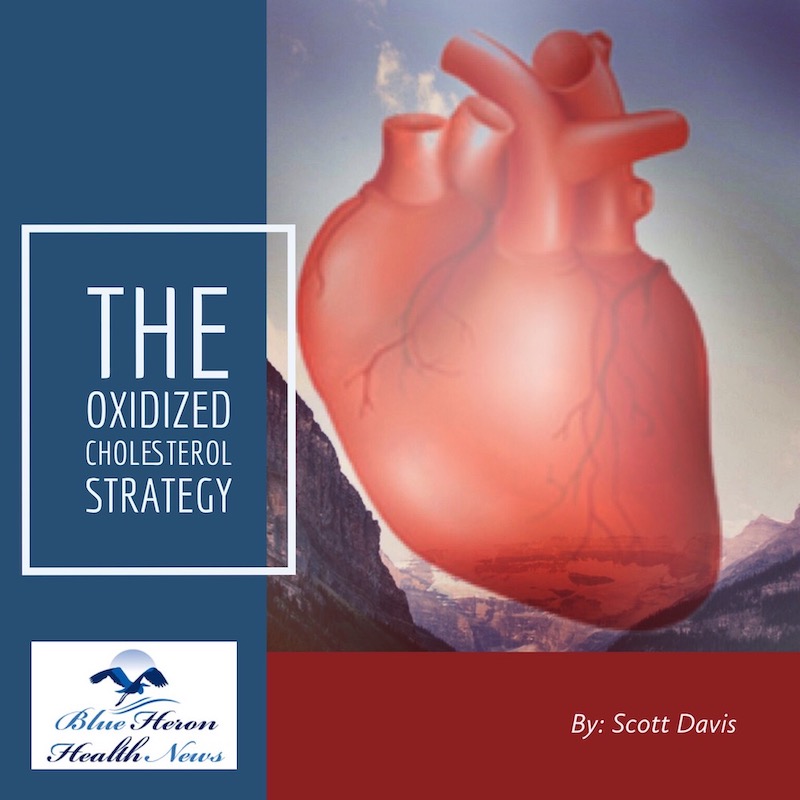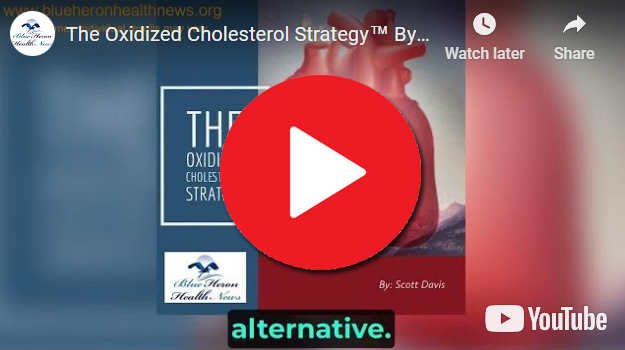
The Oxidized Cholesterol Strategy™ By Scott Davis The Oxidized Cholesterol Strategy is a well-researched program that reveals little known secret on how to tackle cholesterol plaque. This program will tell you step by step instructions on what you need to completely clean plaque buildup in your arteries so as to drop your cholesterol to healthy level.
How does oxidized cholesterol contribute to the development of atherosclerosis?
How Oxidized Cholesterol Contributes to the Development of Atherosclerosis
Oxidized cholesterol, particularly oxidized low-density lipoprotein (oxLDL), plays a significant role in the pathogenesis of atherosclerosis. Here’s an in-depth exploration of how oxLDL contributes to the development of this cardiovascular condition, supported by multiple sources:
1. Endothelial Dysfunction
Initial Damage:
- OxLDL causes direct damage to the endothelial cells lining the blood vessels. This damage impairs the endothelium’s ability to maintain vascular homeostasis, leading to endothelial dysfunction.
Nitric Oxide Reduction:
- OxLDL reduces the bioavailability of nitric oxide (NO), a molecule essential for vasodilation and maintaining a smooth endothelial surface. Reduced NO levels result in vasoconstriction and increased arterial stiffness.
Sources:
- Circulation Research Endothelial Dysfunction and OxLDL
- Journal of Clinical Investigation OxLDL and Endothelial Cells
2. Inflammatory Response
Monocyte Recruitment:
- OxLDL stimulates the expression of adhesion molecules such as vascular cell adhesion molecule-1 (VCAM-1) and intercellular adhesion molecule-1 (ICAM-1) on endothelial cells. These molecules facilitate the attachment and recruitment of monocytes to the endothelium.
Cytokine Production:
- The presence of oxLDL triggers the release of pro-inflammatory cytokines (e.g., TNF-α, IL-6) from endothelial cells and recruited monocytes. This cytokine cascade amplifies the inflammatory response within the arterial wall.
Sources:
- American Heart Association Inflammation in Atherosclerosis
- Nature Reviews Cardiology Inflammation and Atherosclerosis
3. Formation of Foam Cells
Macrophage Differentiation:
- Monocytes that adhere to the endothelium migrate into the intima (inner layer of the artery) and differentiate into macrophages. These macrophages have scavenger receptors that recognize and internalize oxLDL.
Foam Cell Development:
- Macrophages ingest oxLDL and become foam cells, characterized by their lipid-laden appearance. Foam cells accumulate in the intima, forming the fatty streaks that are the earliest visible lesions of atherosclerosis.
Sources:
- Journal of Clinical Lipidology Foam Cells in Atherosclerosis
- Nature Medicine Macrophages and OxLDL
4. Plaque Formation and Growth
Fibrous Cap Formation:
- As foam cells accumulate, they secrete extracellular matrix proteins, leading to the formation of a fibrous cap over the lipid core. Smooth muscle cells migrate from the media (middle layer of the artery) into the intima, contributing to the growth and stability of the plaque.
Plaque Vulnerability:
- Continuous inflammation and the presence of oxLDL weaken the fibrous cap, making it prone to rupture. A ruptured plaque exposes its contents to the bloodstream, triggering the coagulation cascade and leading to thrombus (blood clot) formation.
Sources:
- American Journal of Pathology Plaque Vulnerability
- European Heart Journal Plaque Formation and Rupture
5. Thrombosis and Acute Cardiovascular Events
Thrombus Formation:
- When a plaque ruptures, the exposed lipid core and underlying tissue factor initiate the formation of a thrombus. This thrombus can occlude the artery, leading to ischemic events.
Heart Attack and Stroke:
- If a thrombus obstructs a coronary artery, it can cause a heart attack (myocardial infarction). If it travels to the brain and blocks a cerebral artery, it can result in a stroke.
Sources:
- National Heart, Lung, and Blood Institute (NHLBI) Thrombosis in Atherosclerosis
- Journal of the American College of Cardiology Thrombus Formation and Cardiovascular Events
Conclusion
Oxidized cholesterol contributes to atherosclerosis through mechanisms involving endothelial dysfunction, inflammation, foam cell formation, plaque growth, and thrombus formation. These processes collectively lead to the development of atherosclerotic plaques, increasing the risk of heart attacks and strokes. Understanding the role of oxLDL in atherosclerosis highlights the importance of managing oxidative stress and cholesterol levels to prevent cardiovascular diseases.
References
- Circulation Research: Endothelial Dysfunction and OxLDL
- Journal of Clinical Investigation: OxLDL and Endothelial Cells
- American Heart Association: Inflammation in Atherosclerosis
- Nature Reviews Cardiology: Inflammation and Atherosclerosis
- Journal of Clinical Lipidology: Foam Cells in Atherosclerosis
- Nature Medicine: Macrophages and OxLDL
- American Journal of Pathology: Plaque Vulnerability
- European Heart Journal: Plaque Formation and Rupture
- National Heart, Lung, and Blood Institute (NHLBI): Thrombosis in Atherosclerosis
- Journal of the American College of Cardiology: Thrombus Formation and Cardiovascular Events
The Oxidized Cholesterol Strategy™ By Scott Davis The Oxidized Cholesterol Strategy is a well-researched program that reveals little known secret on how to tackle cholesterol plaque. This program will tell you step by step instructions on what you need to completely clean plaque buildup in your arteries so as to drop your cholesterol to healthy level.
